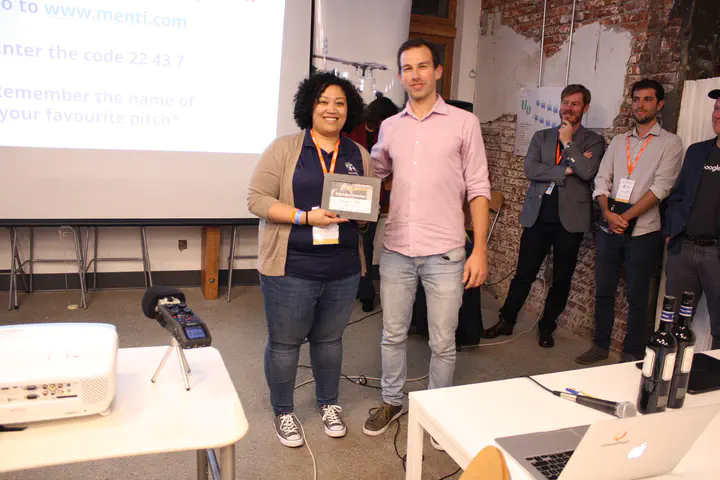
Abstract
Froth cameras have become a common technology in flotation circuits to collect key performance data in the minerals processing industry. The information they collect can be used to optimize circuit performance and metal recovery through measurement of variables such as bubble size, froth depth and froth velocity. Currently, very few of the actual parameters are used to make decisions while operating the circuit. The challenge is to determine what the optimum flotation conditions would be based on all the data measurements available.
View the Unearthed hackathon one-pager.
Currently, flotation circuit performance is driven by measured on-stream assays supported by operator observations of froth characteristics. Operator observations are subjective in nature (Is the froth slow? Dry? Too dark?) and inexperienced operators are typically unsure of their observations. In addition, operators cannot watch the circuit constantly as they have other duties to perform. The installed froth cameras allow for continuous monitoring of the cells and clear objective measurements of color, texture, collapse rate and other variables. Optimization of the flotation circuit could lead to USD 4.6 million revenue annually for every 0.5% increase in recovery at $1.10/lb. of zinc.